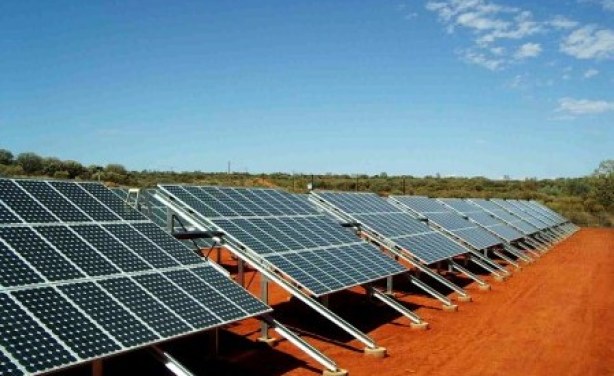Tunisia is readying for a giant solar project in its Remeda region, the country’s southernmost province of Tataouine. Director of Renewable Energy for the government-run National Agency for Energy, Karim Nefzi, has recently held a meeting with the United Nations Development Program (UNDP) and other Tunisian government entities to discuss the project’s details at the beginning of August.
The solar park project seeks to help the region achieve three main goals. It aims to create conditions for the development of organic farming, improve tourism in the Tunisian part of the Sahara desert and promote research & development activities in connection with innovative technologies for desert areas. Moreover, the project seeks to enhance security at the Tunisian-Libyan border, an area that has had an unstable security situation in recent years.
The first phase of the project, which is planned to take place in 2018 and 2020, will see the deployment of 200 MW of solar, in addition to the development of 15,000 hectares of agricultural land and other infrastructure. In the second phase, planned for 2012-2025, a further 500 MW of PV power generation assets will be added. In the third and final part of the project, new PV capacity will reach 1 GW, while agriculture will be further developed on a further total surface of 30,000 hectares.
The UNDP found in its recent study on Tunisia’s renewable energy development that the country currently has an installed capacity of around 5.2 GW. Around 90% of this is managed and owned by Société Tunisienne de l’électricité et du gaz (STEG), the state-owned utility. The study also revealed that financing costs are still obstacles for renewables in the country. According to the UNDP, the cost of equity for wing and solar power was estimated at 17% and the cost of debt at 8%.




